Netaji Subhash Chandra Bose’s Death‘s death remains one of India’s most debated historical mysteries. While official records and multiple investigations confirm that Bose died in a plane crash on August 18, 1945, persistent conspiracy theories continue to challenge this conclusion. This article examines the facts, government inquiries, and the myths surrounding Bose’s fate.
Table of Contents
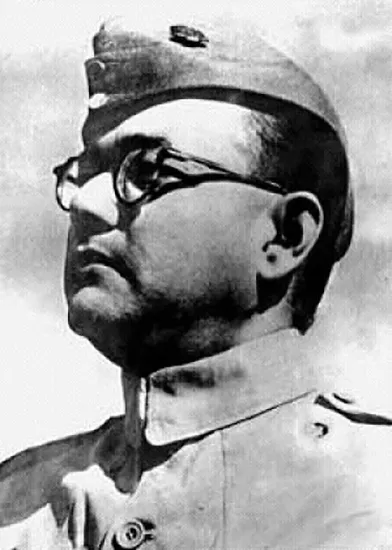
The Official Narrative of The Plane Crash in Taihoku
According to official records, Netaji boarded a Mitsubishi Ki-21 bomber on August 18, 1945, from Tourane (Da Nang, Vietnam) to Taihoku (Taipei, Taiwan). The aircraft, carrying Bose and Japanese officers, crashed shortly after takeoff. Bose was severely burned and taken to a military hospital, where Dr. Yoshimi and Dr. Toyoshi Tsuruta treated him. Despite efforts, Bose succumbed to his injuries later that evening. His ashes were reportedly kept at Renkoji Temple in Tokyo.
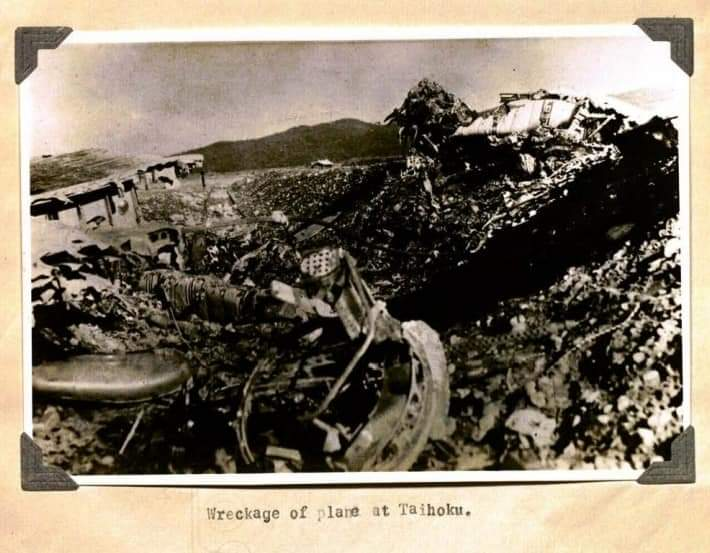
Key Investigations Supporting This Theory:
British Figgess Report (1946): Confirmed Bose’s death based on eyewitness testimonies.
Shah Nawaz Committee (1956): Conducted interviews and affirmed the crash theory, though Bose’s brother, Suresh Chandra Bose, dissented.
Khosla Commission (1970-74): Reinforced the findings of previous reports.
Mukherjee Commission (1999-2005): Cast doubts but failed to provide an alternate explanation. The Indian Parliament rejected its report.
The Conspiracy Theories – Mystery of Netaji Subhash Chandra Bose’s Death
The Soviet Union Theory
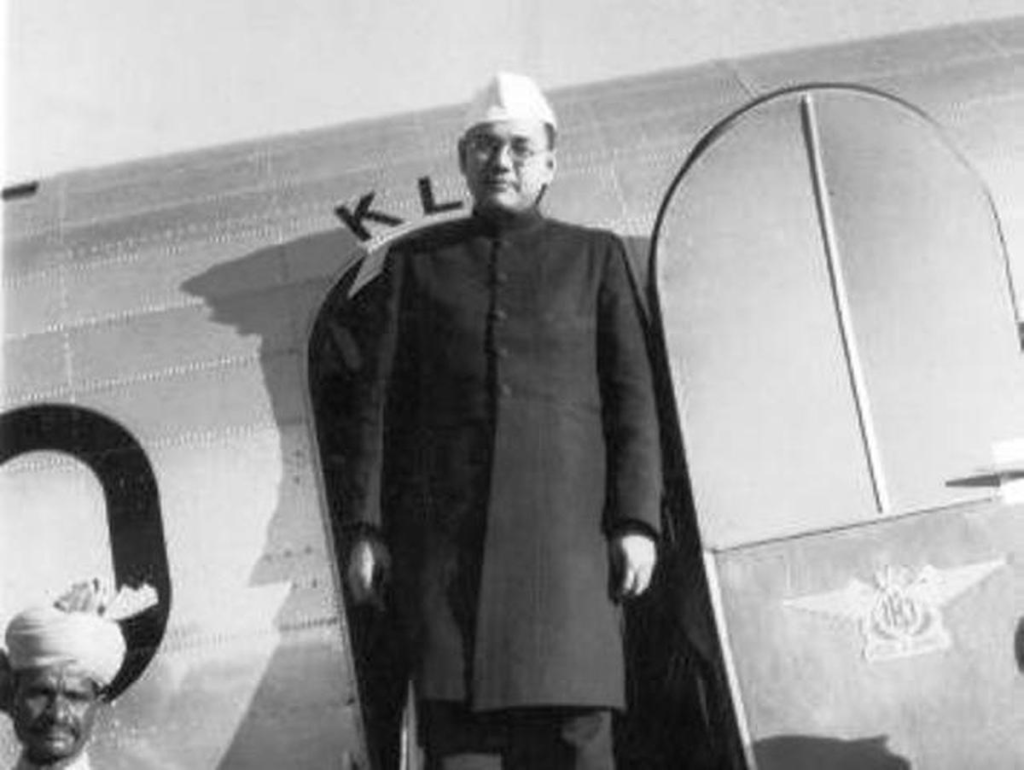
One of the most popular alternative theories suggests that Bose escaped to the Soviet Union instead of dying in the crash. This theory, promoted by some historians and political figures, claims that Bose was imprisoned or executed by Joseph Stalin. However, declassified KGB and British intelligence files contain no evidence to support this.
2. The “Gumnami Baba” Theory
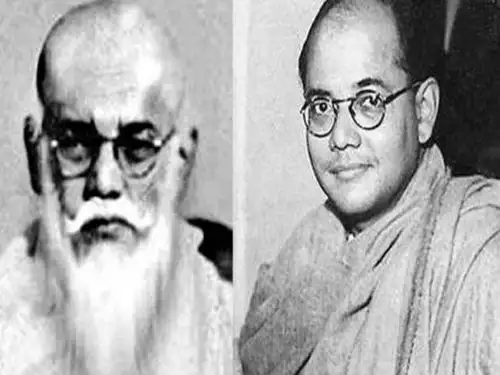
Another theory claims that Bose lived in disguise as “Gumnami Baba” in Uttar Pradesh until 1985. While handwriting analysis showed similarities, DNA tests and eyewitness accounts did not provide conclusive proof.
3. The Japanese Assassination Theory
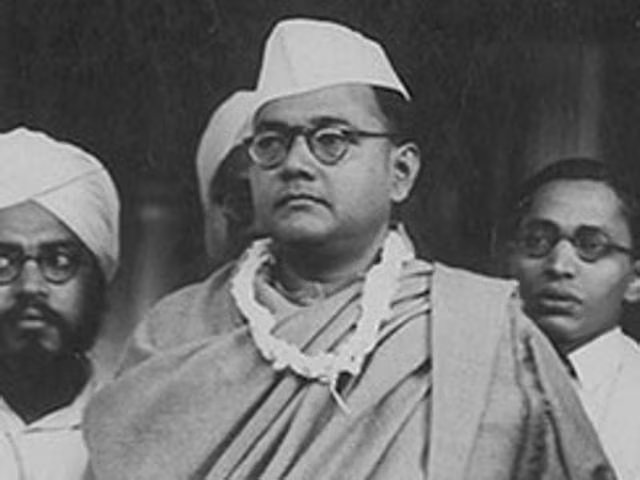
Some historians speculate that a faction within the Japanese military orchestrated the crash to eliminate Bose. While Japan has not declassified three secret files related to Bose, no strong evidence has surfaced to validate this claim.
Family, Historians, and Government Stand
- Netaji’s daughter, Anita Bose Pfaff, supports the plane crash theory and has urged the Indian government to bring back his ashes from Japan.
- Chandra Kumar Bose, Netaji’s grand-nephew, has dismissed conspiracy theories and called them disrespectful to Netaji’s legacy.
- The Indian Government has declassified thousands of files over the years, but none have disproven the plane crash theory.
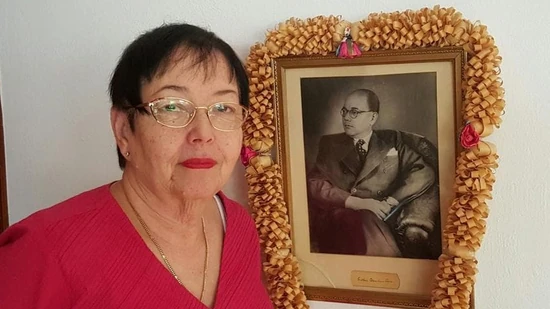
File Declassification Timeline:
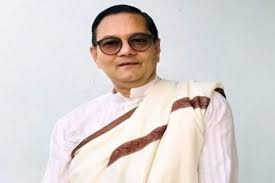
- 1997: Deve Gowda’s government declassified 990 files.
- 2012: Manmohan Singh’s government declassified 1,000 files.
- 2016: Narendra Modi’s government declassified 304 files.
Despite these efforts, Bose’s fate remains an emotional and politically charged issue.
Separating Fact from Fiction
The overwhelming evidence supports the plane crash theory. Multiple independent investigations, declassified documents, and family statements reinforce that Netaji died in Taiwan in 1945. While alternative theories persist, none have substantial proof.
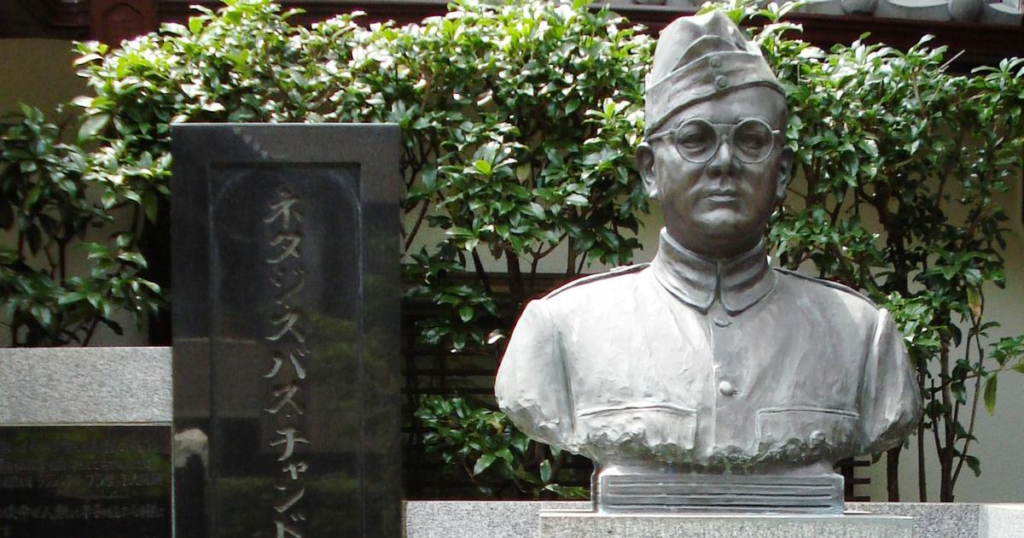
However, unanswered questions—such as the missing Japanese files and Taiwan’s incomplete death records—fuel ongoing speculation. Until all classified records are made public, the mystery surrounding Netaji’s death will continue to intrigue generations.
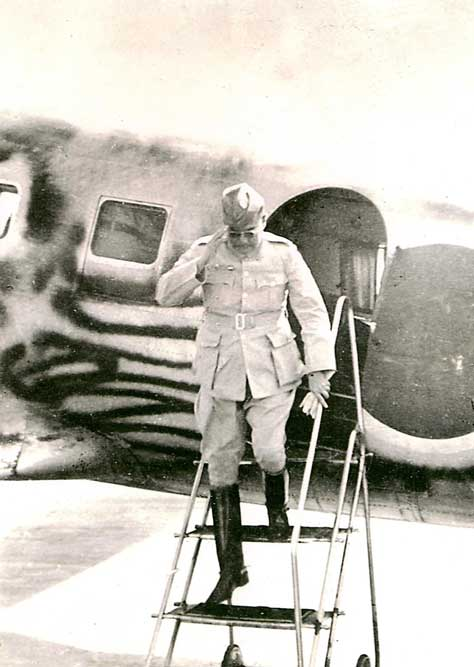
What do you think? Should India demand the declassification of remaining files from Japan? Let us know your thoughts!
